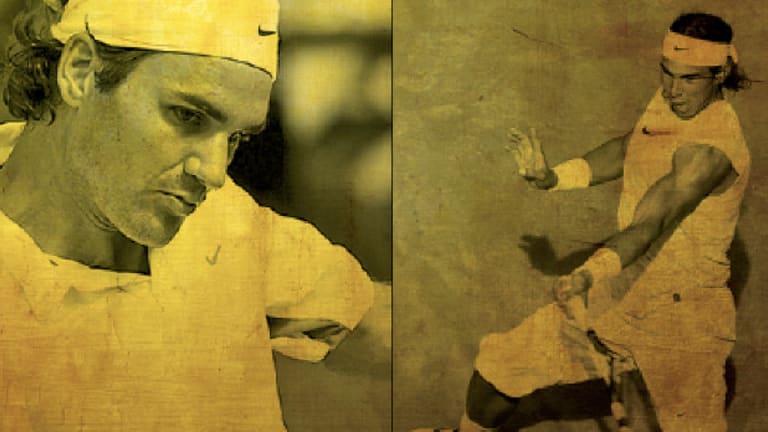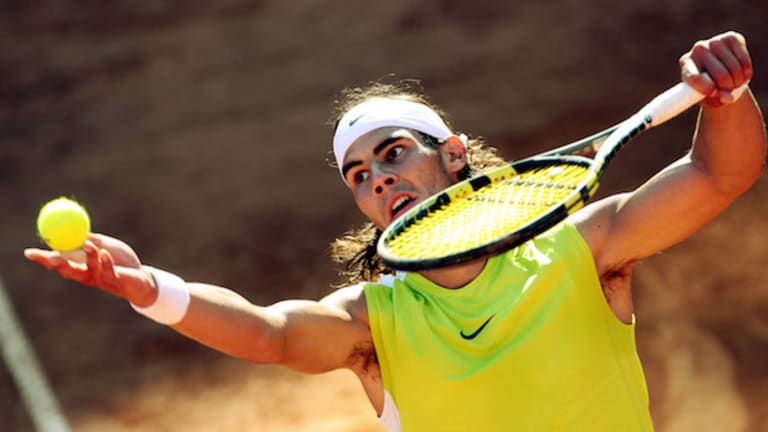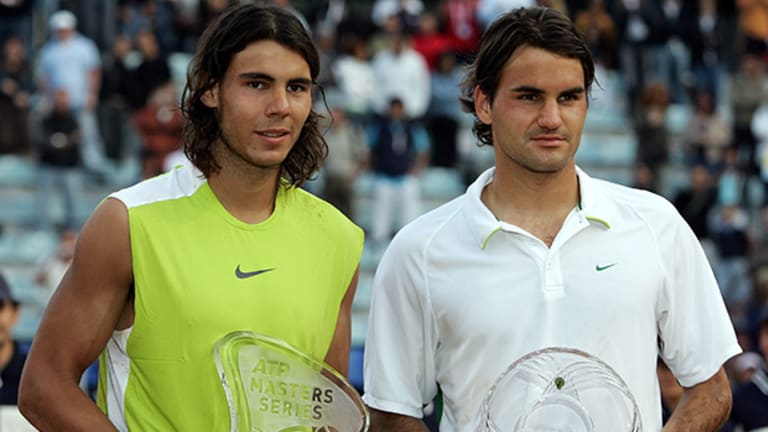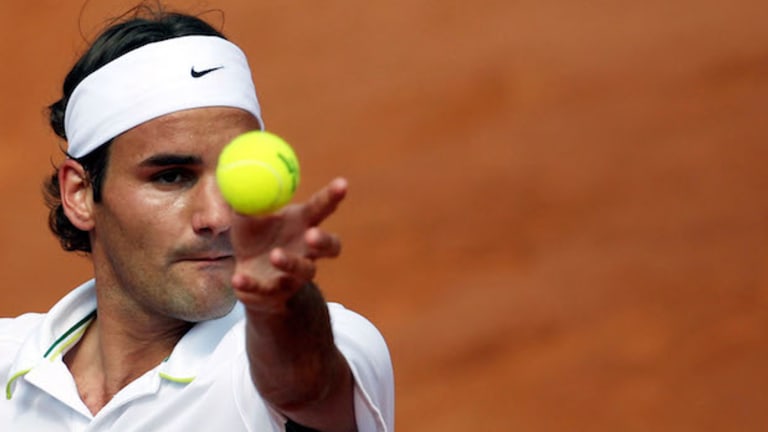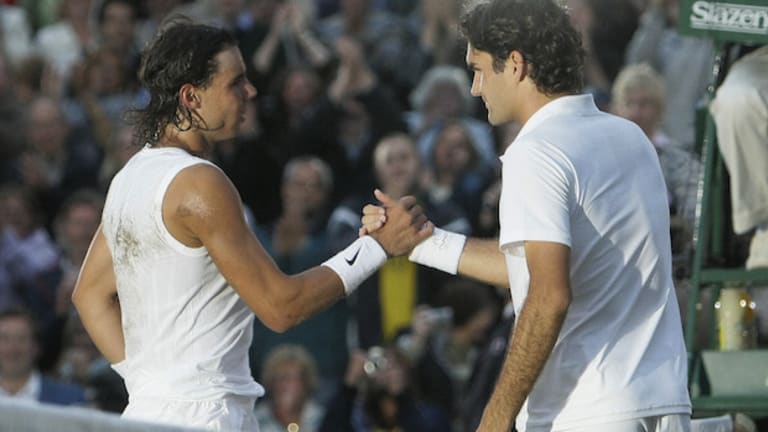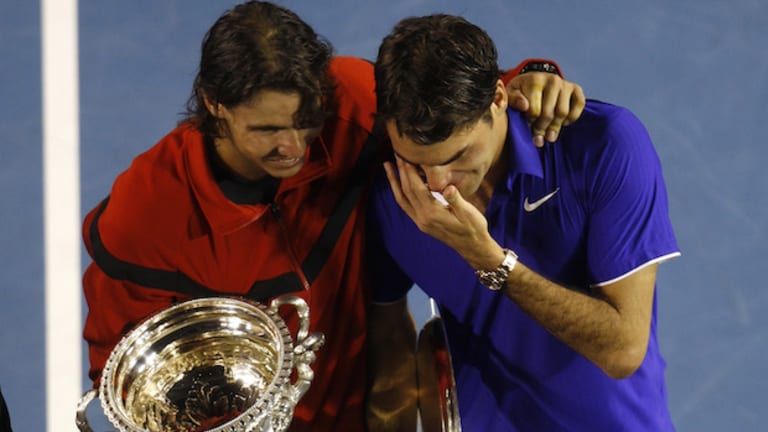On May 15, 2006, the notoriously divided world of tennis found something that it could agree on: that the rivalry between Roger Federer and Rafael Nadal, after simmering for two years, had come to a boil over the course of a five-hour final at the Foro Italico in Rome.
More important, fans and media concurred, was that this clash of opposites was exactly what the sport needed.
Borg–McEnroe, Evert–Navratilova, Sampras–Agassi. Tennis, that metaphorical duel, is at its best when there’s a tug of war between two top players. If the crushing, captivating five-set duel that Federer and Nadal staged was any indication, the stylish Swiss and the swashbuckling Spaniard were about to carry the game into a new golden age.
For once, the prophecies proved correct and the optimism was justified. Ten years later, we’re still living in the prosperous, golden era that Federer and Nadal kicked off that day. What no one could have known then, though, was that it would be the quality of their relationship, as much as the fierceness of their rivalry, that would put a unique, indelible stamp on the decade to come.
*
“This is a day I cannot forget,” said Rome tournament director and longtime player-agent Sergio Palmieri in a soft voice of awe, as he looked back on the 2006 final. “What really hit me was how big the respect was between the two guys. The intensity of that match was really unbelievable.”
The 2006 Rome final was the Big Bang of our current tennis universe, and to watch it now is to feel its particular hothouse intensity all over again. Here was one of those rare moments when the sport’s future seemed at stake.
The match was played on a bright, warm day in the Foro Italico’s old, intimate Campo Centrale. It was so intimate, in fact, that there wasn’t much room for Federer and Nadal to maneuver as they backed each other up with topspin blasts and slid past the doubles alleys to track them down. The playing surface was a tight rectangle, and the presence of the ever-excitable Italian fans a few feet away only heightened the tension of a match between the world’s top two players.
For his part, Nadal used every inch of clay available, and maybe a few inches that weren’t. Still a teenager, he was a rawer, spryer, more spontaneous and fearless version of the man we see now. This was the Rafa of the highlighter-green sleeveless shirt, the calf-length pirate pants, the shoulder-length hair. This was the Rafa who was happy to stand at the back of the court and run like mad all day. This was the Rafa who transformed every ball he hit into a flying topspin buzzsaw, grunted loudly during points and leaped high in celebration after them.
